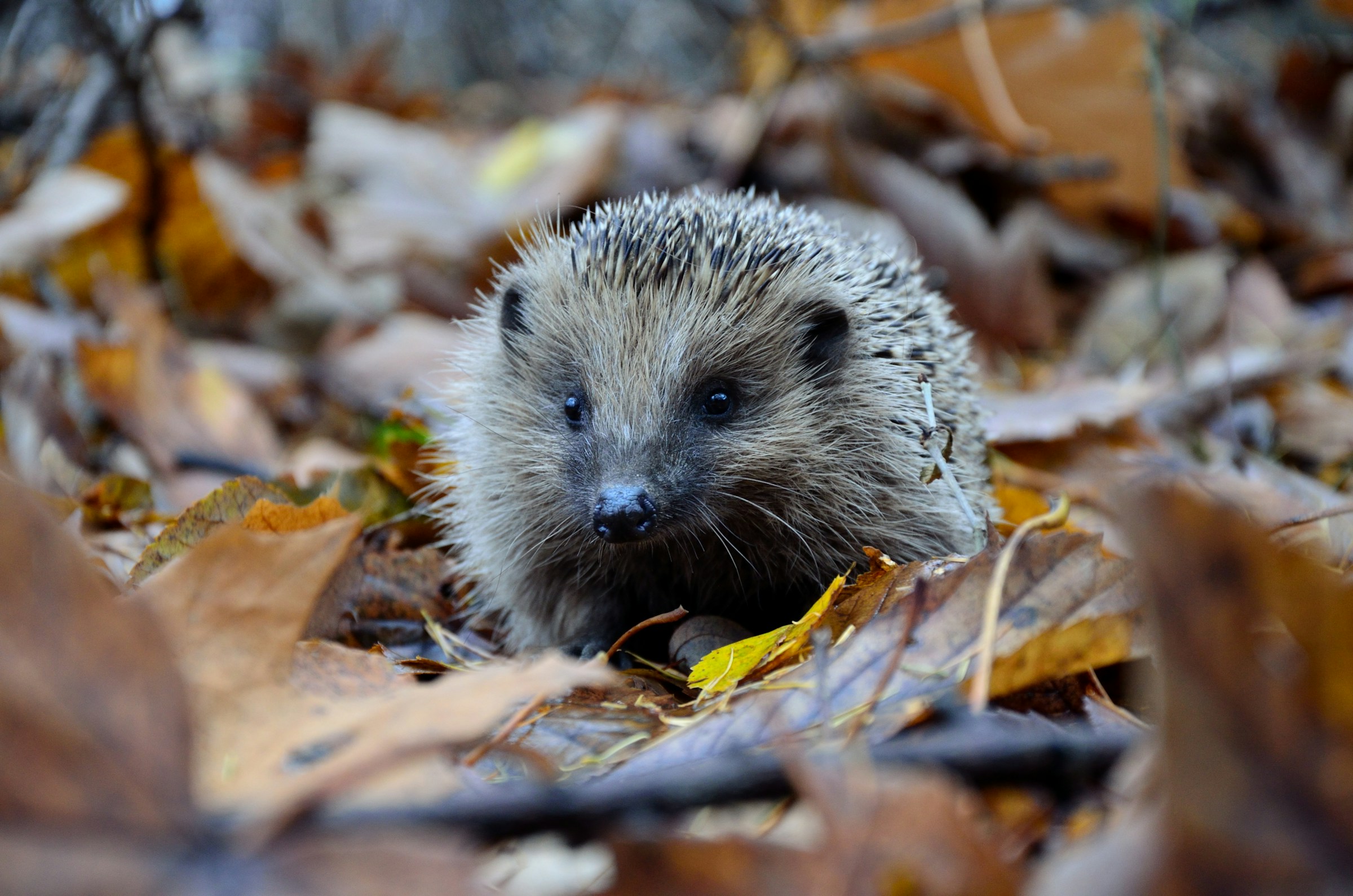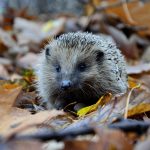As the passage of time continues to influence the constant evolution of natural and urban environments, wildlife species must adapt to survive. Specifically, in British landscapes, the hedgehog (Erinaceus europaeus) is one species that has shown a remarkable ability to navigate the urban jungle. Despite being traditionally associated with rural settings, these spiky creatures have successfully established themselves in urban areas, often finding refuge in gardens and parks. This article aims to explore the behavior of hedgehogs in urban environments and provide insights into how they have adapted to human-dominated landscapes.
Hedgehogs in Urban Areas
In the modern world, natural habitats are increasingly encroached upon by human developments, prompting wildlife to cohabitate in urban areas. British hedgehogs have risen to this challenge, with studies indicating a healthy population in these regions. So, what exactly do we know about hedgehogs in urban areas?
A lire aussi : How can you train a Cockapoo to safely interact with wildlife in UK parks?
Firstly, the urban hedgehog’s choice of habitat significantly differs from their rural counterparts. They will often claim gardens and green areas within the city as their home. These urban green spaces often mimic the hedgehog’s natural habitat, offering shelter, food, and a reasonable level of safety from predators.
Hedgehogs in urban areas also display an impressive ability to deal with human disturbance. Unlike some wildlife species that are easily frightened by human presence, hedgehogs appear relatively unperturbed. They are primarily nocturnal creatures, emerging at night when human activity is at a minimum. This nocturnal behavior helps them navigate the cityscape with fewer obstacles and threats.
Cela peut vous intéresser : Can domestic cats in the UK safely coexist with urban foxes?
The Role of Gardens
Gardens play a critical role in the survival of urban hedgehogs. These green spaces provide a mini-habitat within the concrete jungle, offering shelter, food sources, and nesting sites. According to scholar studies, hedgehogs often choose to nest in gardens that provide dense vegetation or pile of leaves, which offer protection and warmth.
A garden can serve as a food hub for hedgehogs, with slugs, beetles, and caterpillars being their preferred diet. However, in urban gardens, hedgehogs have been observed to eat pet food left out by homeowners, demonstrating their adaptability once again. In fact, many homeowners actively support local hedgehog populations by leaving out suitable food and water.
Crossing Urban Barriers
One of the main challenges facing hedgehogs in urban areas is navigating the myriad of barriers that human infrastructure presents. Roads, walls, fences, and other man-made obstacles can prove to be lethal for these small creatures.
Despite these challenges, hedgehogs have displayed a remarkable ability to cross urban barriers. They are especially active at night, making use of the reduced traffic and human activity to move across the cityscape. Furthermore, hedgehogs are good climbers and swimmers, skills that aid them in overcoming obstacles in their path.
However, not all barriers can be easily circumvented, and some pose a significant threat to the hedgehog’s survival. Busy roads and highways are particularly dangerous, with many hedgehogs losing their lives to traffic each year. This is an area where human intervention can indeed provide much-needed help.
Human Intervention to Support Urban Hedgehogs
Given the threats posed by urban environments, human intervention can play a significant role in supporting hedgehog populations. Many initiatives have been undertaken to aid these creatures in navigating the cityscape, from hedgehog-friendly garden designs to dedicated wildlife crossings.
Creating "hedgehog highways" through gardens and green spaces can provide safe passage for these creatures, allowing them to move freely without the risk of crossing busy roads. These can be as simple as a small gap in a fence or wall, enabling hedgehogs to roam across multiple gardens in search of food and mates.
Furthermore, raising awareness about the presence of hedgehogs in urban areas can lead to more considerate behavior from humans. For instance, checking for hedgehogs before lighting a bonfire or using a strimmer can prevent unnecessary harm to these creatures.
Ongoing Research and Studies
Despite our understanding of hedgehogs in urban environments, much remains to be learned. Ongoing research and studies continue to shed light on the behavior, diet, and movement patterns of these creatures in the cityscape.
For instance, a recent study by the British Hedgehog Preservation Society found that urban hedgehogs are more likely to be active during the day compared to their rural counterparts. This shift in behavior suggests a degree of adaptation to urban life, although the reasons for this change are not yet fully understood.
Another area of ongoing research involves tracking the movement of hedgehogs in urban areas. Using technology such as GPS and radio tags, scientists can monitor the hedgehog’s movements, providing insights into their preferred routes, feeding areas, and nesting sites.
Such studies are crucial in informing conservation efforts and ensuring the continued survival of hedgehogs in our ever-evolving urban landscapes. As we continue to learn more about these fascinating creatures, we can strive to create cities that not only accommodate our needs but also support the diverse wildlife that share our urban spaces.
The Impact of Urbanisation on Hedgehog Populations
Urbanisation poses both opportunities and challenges to hedgehogs (Erinaceus europaeus). As previously noted, the urban landscape can offer hedgehogs suitable habitats and food sources. On the other hand, the rapid pace of urban development could disrupt their habitats and pose threats to their survival.
In recent years, numerous studies have been conducted, examining the impact of urbanisation on hedgehog populations. A study conducted by google scholar and published on crossref google showed a decline in hedgehog numbers in certain urban areas. The study suggested that factors such as busy roads, loss of green spaces, and increased use of pesticides might be contributing to this decline.
On the other hand, other studies have shown that in some urban areas, hedgehog populations are thriving. These areas often have a high density of gardens and parks, which provide suitable habitats for hedgehogs. This emphasises the importance of maintaining and creating green spaces within urban environments to support wildlife.
Furthermore, citizen science initiatives have been integral in monitoring hedgehog populations. These initiatives encourage the general public to report hedgehog sightings, contributing to a comprehensive understanding of their distribution in urban areas. Such data collected via citizen science can help inform conservation efforts and ensure the survival of these fascinating creatures in urban environments.
Conclusion: Co-existing with Hedgehogs in Urban Environments
The presence of hedgehogs (Erinaceus europaeus) in urban environments reflect the adaptability of wildlife to human-dominated landscapes. Their survival is not only a testament to their resilience but also points to the possibilities of harmonious co-existence between humans and wildlife in urban settings.
As urban residents, we have a role to play in supporting hedgehog populations. Simple actions like making our gardens hedgehog-friendly, leaving out suitable food and water, and being mindful of their presence can make a significant difference.
Further research and ongoing studies are crucial in understanding the complex dynamics between hedgehogs and urban environments. Technologies such as GPS and radio tags allow scientists to gain insights into hedgehog behaviours, feeding areas, and preferred routes. By leveraging these insights, we can strive towards urban planning that not only meets human needs but also supports the diverse wildlife that share our urban spaces.
As we move forward, it is essential to remember that urban environments are not just for humans. They are shared spaces bustling with a variety of wildlife. Let’s ensure our actions and decisions support the survival and well-being of all inhabitants, including our prickly friends, the hedgehogs.






